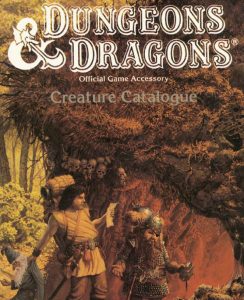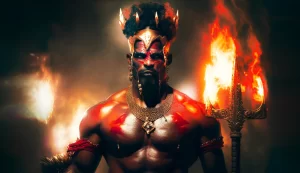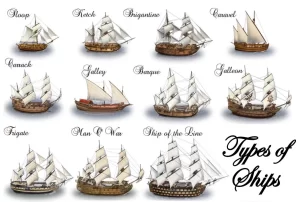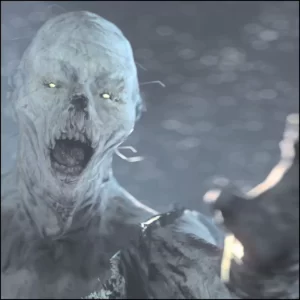
Demons Vile
Demons are the manifestation of malign chaos - the embodiment of vile perversion and elemental ruin. Even the weakest of these creatures are hideous to behold, their features are the stuff of nightmares. The most powerful fiends are anathema to mortal sensibilities, their mere presence enough to drive other creatures to madness. As living engines of annihilation, demons have an innate desire to consume and destroy while causing as much pain as possible. Fear and mercy are unknown to their kind.
Peel away the veneer of virtue, civility, and charity, and each mortal race reveals a writhing core of corruption and rage. It is said that the progenitors of demon kind were not unlike the mortal races once, but their darkness grow within them until it warped them in body and soul. Now, a demon's every thought is tainted by hatred and malice.
No matter how powerful you believe your character to be, no matter how great your claim to knowledge-on matters of demon lore, you are a novice.
Demons are not a class of creature easily codified, and no amount of vellum and ink can possibly hope to catalog their innumerable attributes and permutations. The research collected in this demon lore is accurate and impeccable. I assure you. But entering into battle against a demon requires more than mere knowledge. For demons are creatures of chaos - mutable and forever adapting to their environment. A tactic employed successfully against an abyssal horde one time, might result in your utter destruction the next.
Although you might have gained temporary possession of a precious tome that gives you all you know about demons, you still stand to gain only an inkling of the innermost workings of demon kind-a subject that have lived and breathed over uncounted centuries of life.

Demon physiology is fascinating beyond measure. I know of no other type of creature in the cosmos that so rapidly and thoroughly adapts to its environment. I wonder what form my beloved Graz'zt would eventually take?
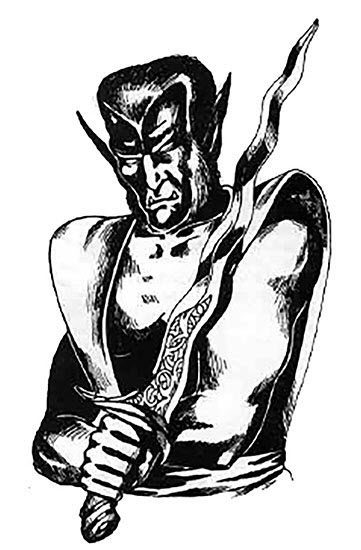
No one knows exactly how or why the first demons took form. Some sages believe that the fusion of the shard of evil and the physical instability inherent in the Elemental Chaos was the catalyst that spawned demon kind. Others believe that the shard of absolute evil was, in fact, the aggregate of the wasted souls of much of the obyrith race. When that evil fused with the Elemental Chaos, a new kind of creature was spawned. Whatever the case, the physiology of the demon is dramatically different from that of any other creature.
Soulless Agents
Demons are creatures of rage and raw physicality. Created by the Abyss to act as soulless agents of blind destruction, they are creatures of ever-evolving form, vicious animus, and unquestioning evil. Obyriths and transformed primordials are among the few types of demons possessing souls, as are other creatures that metamorphose into demons through force of will or through exposure to the Abyss. The former archdevil Graz'zt might be the best known of such transformed creatures. Lesser demons form souls through experience, through servitude to demons with souls, or through consumption of soul larvae. Demons with souls can typically reason, connive, and plan more subtly than soulless demons.
Demonic souls do not belong to the cycle connecting the Astral Sea, the Shadowfell, and the afterlife of mortal creatures. Demonic souls feed only on destruction and death. Some sages and demonologists refer to demonic soul like energy as an animus extending from the shard of evil at the heart of the Abyss.
Demons rarely sleep unless compelled to do so by magic, poison, or other external influences. Demons breathe, eat, and engage in what can loosely be called social activities. The methods and superficial reasons for these functions vary as widely as demonic forms. Most demons eat flesh-favoring their meals still living. Some consume plant life (often quickly, in great quantities, and more destructively than swarms of locusts), minerals, or metals. Some consume elemental energy or magic to survive.
Even before sustenance or survival, a demon's highest imperative is to destroy. All other activities must serve the ultimate goal of sowing chaos and bloodshed. The seemingly endless ways of attaining that goal grant demons their equally endless differences in physiology.
Death of Demons
When a particularly powerful demon perishes, its soul might persist for a time as a cacodemon. Like souls that walk, waiting for their final fate, a cacodemon exists for a length of time proportional to the demon's power in life. A cacodemon can end its wandering by possessing a body or an object.
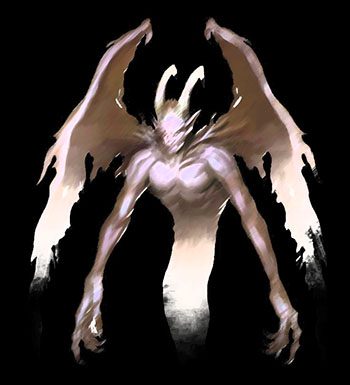
A cacodemon's easiest prospects for possession are soulless bodies, plentiful in the Abyss. Soulless demons are the most common type of demon, and powerful examples of such creatures become fodder for greater fiends.
Demons that have souls do what they can to avoid death, knowing that their plots and personal power will dissipate with their own destruction. Even the dimmest demons, though, realize that the Abyss's goal of ultimate destruction includes them.
Demons often die in startling ways. From the lowly drench to the powerful Balor, the intrinsic chaos of the demonic form lends itself to dangerous death throe attacks. The demon's death cry can overwhelm creatures close by. Unexpected things can happen at its death. The demon's body twists and tears into a vicious whirlwind. The demon freezes solid within a pillar of ice that can explode into deadly shards. A demon's animus manifests a lesser version of itself that leaps out from its own remains. The demon dissolves into a cloud of noxious vapor. The demon's organs liquefy into a blast of toxin.
Click here to read more about the History of the Abyss.

